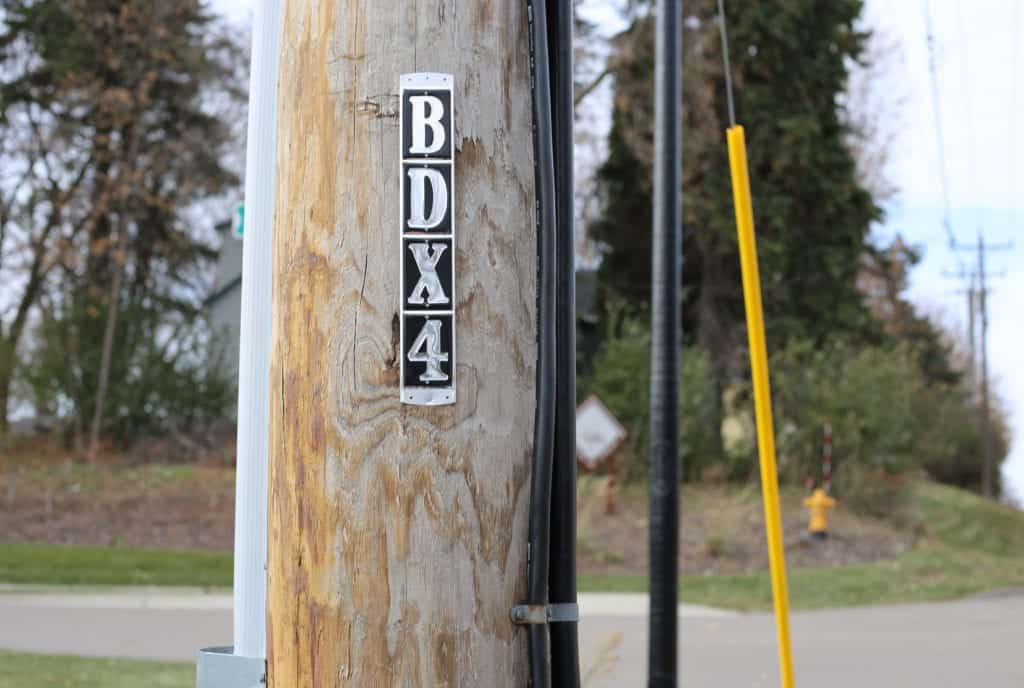Best Practices for Implementing Utility and Asset Marking Systems
By following these best practices, businesses can enhance safety measures, improve asset management, and streamline workflows.
Planning
A well-thought-out plan is the foundation for implementing utility and asset marking systems. Start by conducting a comprehensive assessment of your organization’s needs, including identifying critical utilities and assets that require marking. Consider factors such as visibility, durability, and specific marking requirements based on your industry and environment.
Design
Designing the markings is a crucial step that directly impacts their effectiveness. Ensure that the markings are clear, concise, and easy to understand by using universal symbols, color codes, and standardized labeling conventions. Consider using reflective materials for enhanced visibility in low-light conditions. Collaborate with design professionals or consult marking system experts, like Premax, to create customized designs that align with your organization’s brand and comply with industry standards.
Ongoing Maintenance
Regular maintenance is key to preserving the effectiveness of utility and asset markings. In the face of natural disasters such as hurricanes or earthquakes, well-maintained markers play a crucial role in identifying critical infrastructure and expediting repairs. Additionally, proactive upkeep helps ensure that markers remain visible and legible, even when old telephone poles or other structures may fall and obscure them. By prioritizing maintenance, utility companies can enhance public safety and minimize downtime during unforeseen events, ultimately safeguarding their vital services.




©2023 – Premax LLC – all rights reserved
